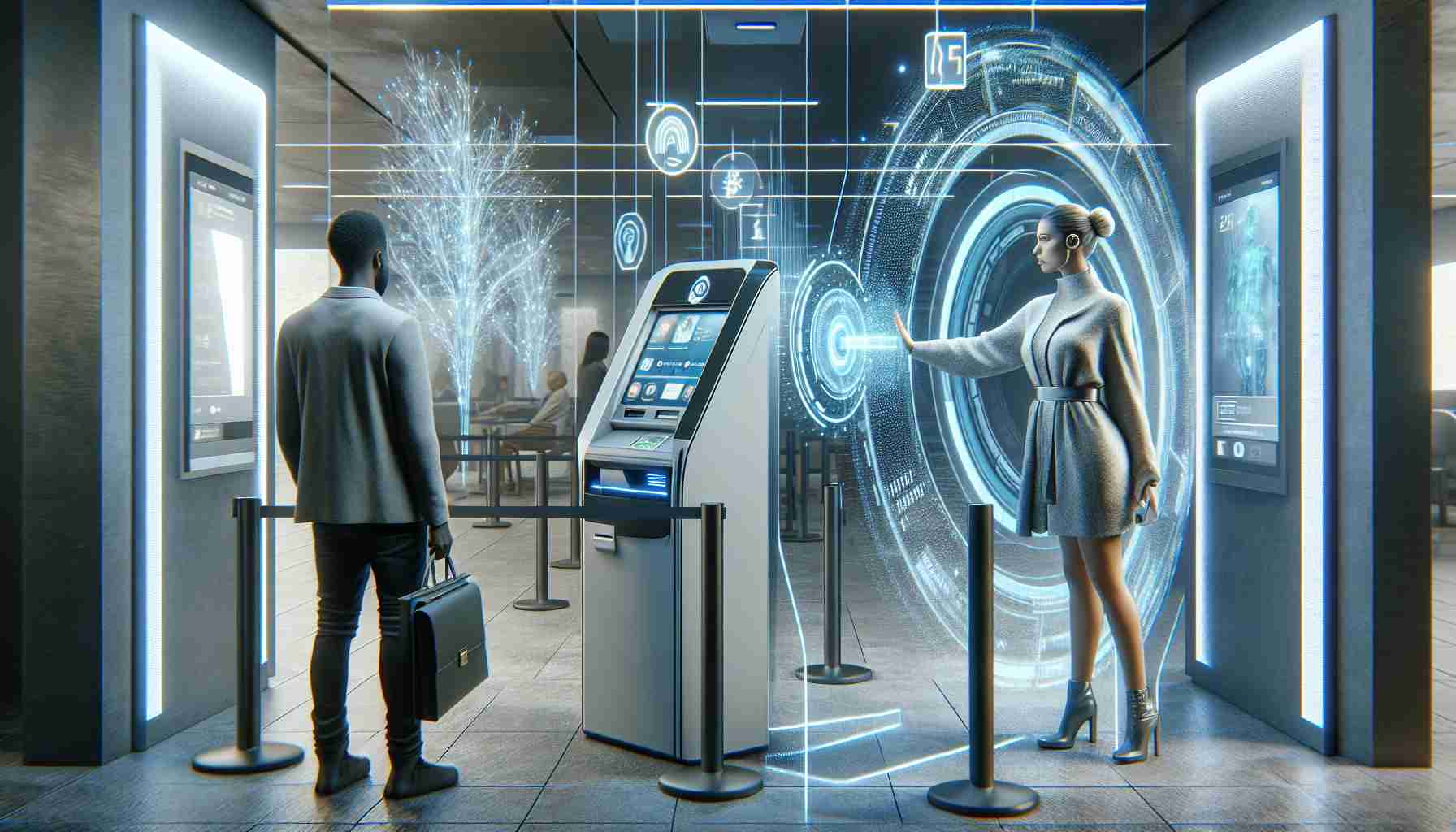Banking institutions have commenced a shift towards enhancing customer services by introducing new withdrawal methods. Rather than relying on traditional card-based transactions, various banks are now exploring innovative contactless withdrawal options.
One such example is the implementation of facial recognition technology for withdrawals, making the process more secure and convenient for customers. This advancement comes as part of a larger industry trend to prioritize safety and efficiency in financial transactions.
Unlike the traditional card-based withdrawals, where the physical presence of a debit card is necessary, contactless methods such as facial recognition and QR code scans eliminate the need for physical cards, providing a more seamless and futuristic banking experience.
Experts in the industry suggest that this move towards contactless withdrawals is not only about convenience but also about enhancing security measures. By moving away from traditional methods like card withdrawals, the risk of unauthorized transactions is significantly reduced.
With banks constantly innovating to meet changing consumer needs, the future of banking seems to be heading towards a more streamlined and secure approach to withdrawals. As technology continues to evolve, customers can expect more convenient and secure ways to access their funds in the coming years.
Overall, these changes in banking services signal a promising future where customers can expect faster, more secure, and user-friendly methods for managing their finances.
As the banking industry continues to evolve, one of the key questions that arises regarding contactless withdrawals is:
How do contactless withdrawals impact traditional banking practices?
Contactless withdrawals are revolutionizing the way customers access their funds by eliminating the need for physical cards. This shift away from traditional methods towards more advanced technology raises concerns about the future of physical branches and the role of ATMs in the banking landscape.
One of the key challenges associated with contactless withdrawals is ensuring the security of customer accounts and data. While advancements such as facial recognition enhance security measures, there are still concerns about potential hacking or data breaches in the digital realm.
Another important question to consider is:
What are the advantages and disadvantages of contactless withdrawals?
Advantages of contactless withdrawals include enhanced security protocols, increased convenience for customers, and a more streamlined banking experience. By leveraging technologies like facial recognition and QR codes, banks can offer customers a seamless and efficient way to access their funds.
However, disadvantages of contactless withdrawals may include potential technical glitches, privacy concerns related to biometric data storage, and the need for customers to adapt to new technologies. Ensuring user trust and acceptance of these new withdrawal methods is crucial for their widespread adoption in the future.
For more information on the future of banking and contactless withdrawals, you can visit the main domain of the American Bankers Association’s website at American Bankers Association. This resource provides insights into industry trends, regulatory updates, and best practices in banking innovation.


















